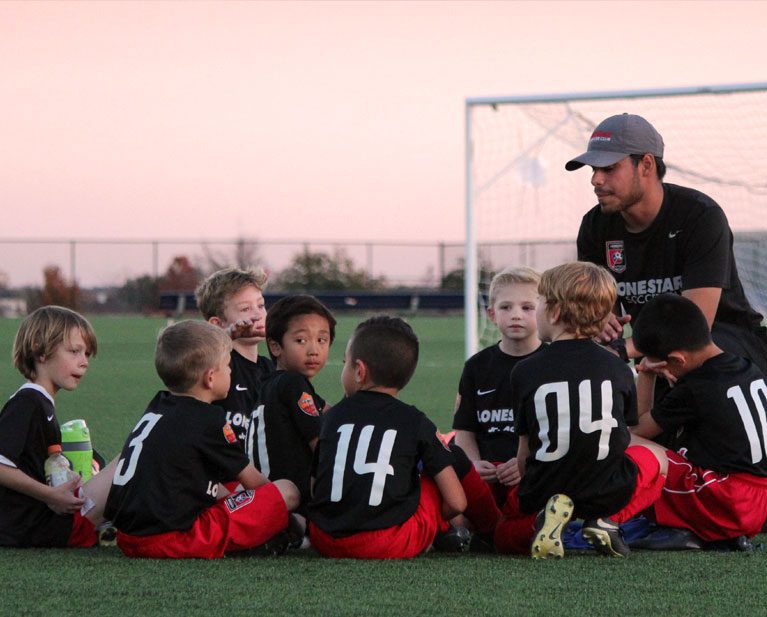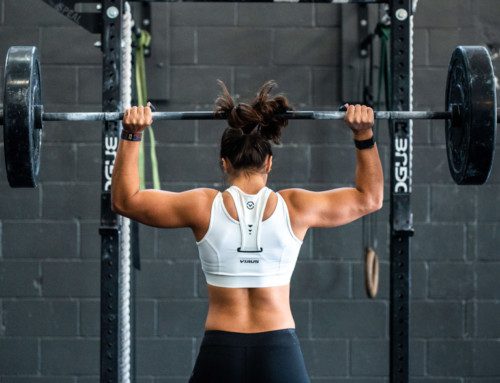In previous blogs in our series on pediatric sports conditions, we have discussed the rise in pediatric and adolescent sports injuries, their causes, and possible steps to prevent or reduce these injuries. This week I would like to focus a little more on the psychological component behind sports injuries in young athletes and how vital the need for education is.
Kids Have a Limit
Many people push young athletes to their physical limits, and beyond, because they falsely believe that young bodies can withstand infinite stress and are unaware of the damage this causes. This misconception trickles down to the athletes themselves, leading them towards the mentality that they are indestructible, and consequently results in overuse injuries. Injuries sustained from overuse can affect bones, muscles, and tendons when there are not sufficient rest periods after being subjected to repeated microtrauma.
What Parents Should Know
What constitutes as a healthy level of physical activity varies from child to child. Parents and coaches alike need to respect child athletes’ individual needs to avoid pushing them past their limits. If left to their own devices with the ability to control the intensity of their play, children tend to stay within safe ranges of physical activity.
Another aspect that needs recognition is that children should not specialize in a single sport until they are older. In addition to disallowing early specialization, there should be active encouragement for young athletes to participate in multiple sports. Doing so will prevent excessive and repetitive stress to certain tissues and muscle imbalances by using other muscles and areas of the body.
If you have any questions or concerns about your child’s sports involvement or teams they play on, reach out to your local SET Physical Therapy for more information.
Note: The information in this series originally appeared in “Injuries in the Pediatric Athlete: Etiology and Strategies for Prevention,” which Chana Frommer co-authored.





